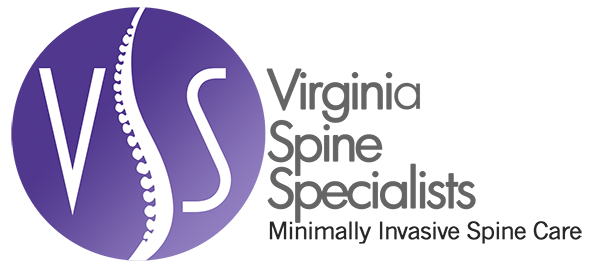Minimally Invasive Solution: Hydrotherapy for Back Pain
As we continue bringing you unique, minimally invasive ways to treat your spinal and neck pain, this week we’re introducing the practice of hydrotherapy. Hydrotherapy is a type of therapy practiced in aquatic settings, in order to allow properties of water such as increased buoyancy, increased resistance, and increased hydrostatic pressure to aide in healing the patient. This allows the patient to decrease weight bearing on joints, increase muscle activity, and increase their blood flow; overall leading to a shorter recovery time and an increase in healing rate.
There are different types of hydrotherapy for different symptoms. For example, someone who is suffering from a sprain or backache would probably benefit from a spa bath, whereas a more active form of hydrotherapy may work better for someone who suffers from osteoporosis. Active forms of hydrotherapy can include water aerobics, swimming, water yoga and more.
Patients who typically show the most improvement from hydrotherapy include those who suffer from:
· Musculoskeletal disorders
· Neuromuscular disorders
· Sciatica
· Work-Related Back Injuries
· Other type of injury or trauma (such as Whiplash)
· Back Pain
Hydrotherapy is typically performed in depth that is conducive to the patient’s comfort level, but can vary depending on the activity that the patient will be performing, and the amount of dead weight that needs to be relieved. The therapist will put together a treatment plan based on the patient’s tolerance and ability to perform the activity. The patient and instructor will be semi-submerged for the entire session, with the patient performing guided movements by the therapist. The movements will typically be interchangeable, sometimes with the patient performing tasks on their own, and other times with the therapist’s aide. The overall goal of the activities is to unload the spine, strengthen the muscles, and increase range of motion for the healing joints.
When hydrotherapy is utilized for treatment, the patient should expect to see an increase in range of motion and strength in the affected joints. With a proper treatment plan in place, the amount of rehabilitation time can be significantly decreased for some patients, while for others it may take a more prolonged process. As always, speak with your doctor before beginning any new activities, and be sure to find a certified trainer/therapist before starting any treatment.

Categories
Archives
Contact Dr. Mudit Sharma
Phone: (571) 921-4877
Toll Free: (855) 774-6334
Monday – Thursday: 8am – 4pm
Friday: 8am – 2pm
Fredericksburg
4604 Spotsylvania Parkway, Suite 300 Fredericksburg, VA 22408
Manassas
8650 Sudley Road, Suite 315
Manassas, VA 20110-4418
